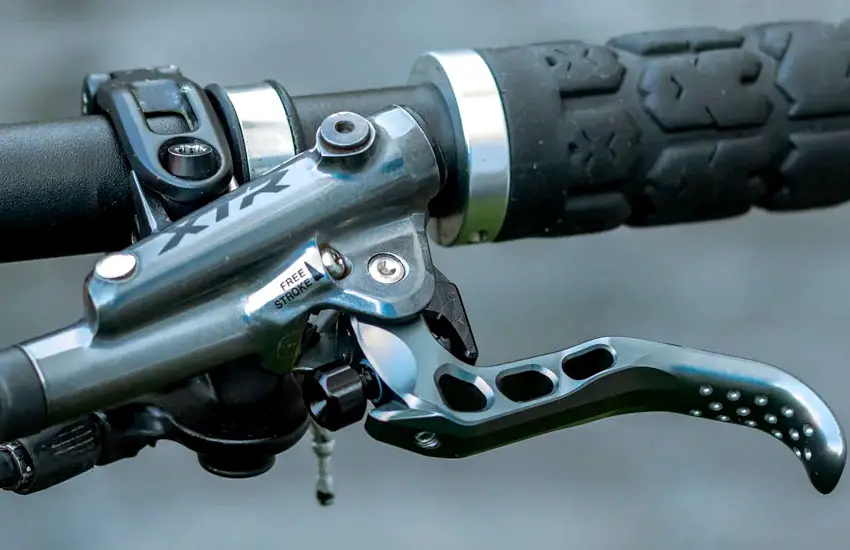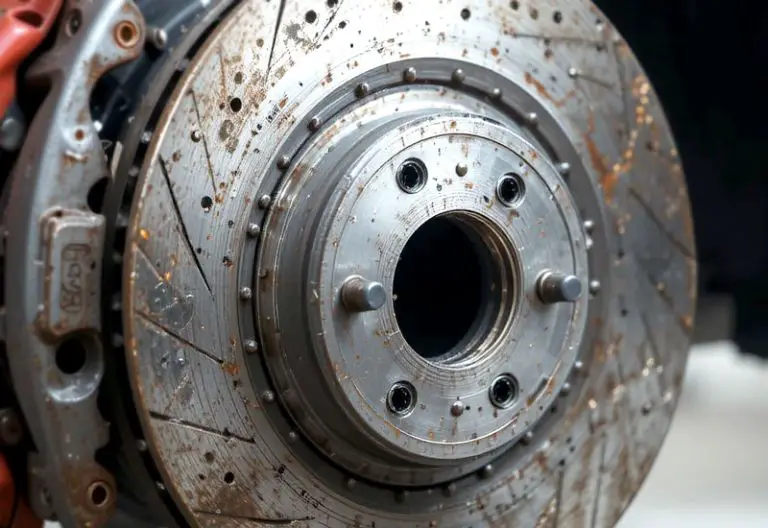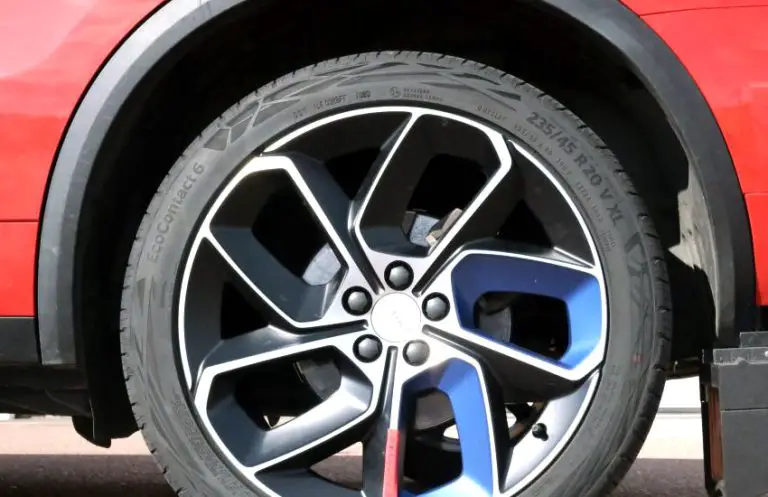If you’ve ever wondered about the compatibility of your bicycle parts, particularly brake levers, you’re not alone. Whether you’re a seasoned rider or a beginner, bike maintenance can seem daunting when you’re faced with a variety of options. Brake levers are an essential part of your bicycle’s braking system, and their proper functioning can make a big difference in your safety and performance on the road.
Understanding the compatibility of brake levers is crucial for anyone looking to upgrade, replace, or build a bike from scratch. One of the common questions many cyclists ask is: Are brake levers universally compatible? The short answer is: no. But the topic is far more complex, and there are many factors that determine compatibility. In this post, we will explore everything you need to know about brake lever compatibility, the different types of levers, their mechanics, and how to ensure you’re selecting the right one for your bike.

Understanding Brake Levers and Their Role
Before diving into compatibility, let’s first take a look at what brake levers are and why they are so important. A brake lever is a part of your bike’s braking system. It’s the lever that you press with your fingers to activate the brake calipers, which in turn stop the wheels from rotating. When you pull the lever, it transmits force to the brake mechanism, either through a cable (in the case of mechanical brakes) or via hydraulic fluid (in the case of hydraulic brakes). The force you apply to the lever controls how much braking power is delivered.
Brake levers are generally attached to the handlebars of the bike and are within easy reach of the rider’s hands. The design of these levers is critical for comfortable and safe riding. Their size, shape, and the material they are made from can all affect the feel and performance of your braking system.
Now that we know what brake levers are, it’s important to recognize that there are several different types of brake levers, each designed for a specific type of brake system. Let’s look at the different kinds of brake systems to understand the compatibility factors better.
Types of Brake Systems
- Rim Brakes
Rim brakes are the most common type of brake system found on road and mountain bikes. These brakes work by pressing brake pads against the outer rims of the wheels to slow the bike down. There are two primary types of rim brakes:- Caliper Brakes: Often found on road bikes, caliper brakes have a single brake arm and pads that press against both sides of the wheel rim.
- Cantilever Brakes: Typically used on mountain bikes or touring bikes, cantilever brakes have two separate arms that pull the brake pads into the wheel rims.
- Disc Brakes
Disc brakes are becoming increasingly popular, particularly on mountain bikes, but are also found on some road bikes. These brakes work by squeezing pads against a rotor (a circular metal disc) attached to the wheel hub. There are two types of disc brakes:- Mechanical Disc Brakes: These use a cable to pull the brake pads against the rotor.
- Hydraulic Disc Brakes: These use hydraulic fluid to apply pressure to the brake pads, offering more precise control and stronger braking power.
- Drum Brakes
Drum brakes are less common in bicycles but can be found on some hybrid bikes or older designs. These work by expanding brake shoes inside a drum that rotates with the wheel, creating friction to slow the bike.
Brake Lever Types and Compatibility
Now that we’ve covered the basics of brake systems, let’s talk about the levers themselves. Brake levers are generally divided into two main categories based on the type of brake system they’re designed for: cable-actuated levers and hydraulic levers.
- Cable-Actuated Brake Levers
These are used for mechanical brake systems (rim brakes and mechanical disc brakes). The levers pull a brake cable, which in turn actuates the brake calipers or pads. The most common types of cable-actuated brake levers are:- Road Bike Brake Levers: These levers are designed for use with road bike brake systems, which typically include caliper brakes. They are often shorter and have a more ergonomic shape.
- Mountain Bike Brake Levers: These are longer and provide more leverage for the higher braking forces required on mountain bikes with rim or disc brakes.
- Hydraulic Brake Levers
Hydraulic levers are used with hydraulic disc brakes, which rely on fluid to transmit force to the brake calipers. These levers are designed to operate under high pressure and usually have a more sophisticated design to handle the intricacies of hydraulic systems.
The compatibility of brake levers depends on several key factors:
- Brake System Type: Cable-actuated levers are generally not compatible with hydraulic systems, and vice versa. The mechanism through which the lever operates must match the brake system.
- Mounting Type: Brake levers come in different mounting styles. Some are designed to fit on drop handlebars (common in road bikes), while others are made for flat handlebars (common on mountain bikes). You need to make sure the mounting style matches your bike’s handlebar.
- Reach Adjustment: Some levers have an adjustable reach, meaning you can modify how far the lever sits from the handlebar. This is important for ensuring comfort, especially for riders with small or large hands.
Compatibility Challenges
So, are brake levers universally compatible? The short answer is no, and the main reason lies in the differences between brake systems and their respective designs. Here are some key compatibility challenges to consider:
- Lever Travel and Brake Force
Mechanical and hydraulic systems work differently in terms of how they transmit force. Hydraulic systems require less lever travel to achieve a similar amount of braking force compared to mechanical systems. So, using a mechanical lever with a hydraulic system (or vice versa) can lead to poor performance or inadequate braking. - Lever Actuation Ratio
The actuation ratio refers to how much the lever moves in relation to the brake pad movement. Mechanical systems have different actuation ratios compared to hydraulic ones. If the lever is not designed to match the actuation ratio of the brake system, it can result in improper brake performance. For example, a lever with a lower actuation ratio will require more force to apply the same amount of braking power. - Mounting and Cable Routing
The position of the brake lever and its cable routing is another compatibility issue. Road bike levers are often designed for drop handlebars, and mountain bike levers for flat handlebars. The routing of the brake cables can also be different depending on whether the brake system is cable-actuated or hydraulic. - Brake Lever Size and Hand Position
Different types of bikes have different requirements when it comes to lever size and position. For example, road bike levers are often shorter, allowing for more aerodynamics and less hand fatigue over long distances. Mountain bike levers, on the other hand, tend to be longer to provide greater leverage, especially when riding rough terrain.
How to Choose the Right Brake Lever for Your Bike
Choosing the right brake lever isn’t just about ensuring compatibility with your brakes. Here are some factors you should consider to make sure you pick the perfect lever for your bike.
1. Know Your Brake System
As we discussed earlier, the first step is to identify your bike’s brake system. If you have hydraulic disc brakes, you’ll need hydraulic levers. For mechanical rim brakes, you’ll need cable-actuated levers. Make sure that the brake lever matches your brake system type.
2. Consider Handlebar Type
Next, consider your handlebar type. Road bikes often have drop handlebars, and mountain bikes tend to have flat handlebars. You’ll need to choose brake levers that are designed to fit your handlebar type. Many brake levers are designed with specific handlebars in mind, so be sure to choose levers that match your bike’s configuration.
3. Determine Your Reach Adjustment Preferences
Reach adjustment is important for comfort. Some brake levers allow you to adjust the distance between the lever and the handlebar. This is crucial if you have smaller or larger hands or if you ride in varying conditions. Check if your levers offer this feature and if they’re adjustable to your liking.
4. Test the Lever Feel
If possible, test the brake lever feel before buying. You should be able to pull the lever with ease, and the brake system should engage without excessive force. A well-matched lever should provide smooth and responsive braking power without feeling too stiff or too loose.
5. Check Brand Compatibility
Some brake manufacturers design their levers and brake systems to be used together for optimal performance. If you’re using a high-performance brand for your brake system, such as Shimano or SRAM, it may be worth investing in matching levers from the same brand. This helps to ensure that all components work together efficiently.
6. Consider Your Riding Style
Your riding style plays a significant role in determining the type of brake lever that’s right for you. If you primarily ride on the road, lightweight, short-lever levers might be best. For mountain biking, consider levers that offer more leverage and comfort for tough terrain. Also, consider how often you ride and the types of terrain you typically encounter.
Are These Questions in Your Mind?
Is it possible to use road brake levers with mountain bike brakes?
No, road brake levers are typically not compatible with mountain bike brakes due to differences in actuation and lever travel.
Can you mix hydraulic and mechanical brake systems?
It is not recommended to mix hydraulic and mechanical systems, as they have different mechanisms for power transmission and require different levers.
Do I need special levers for disc brakes?
Yes, disc brakes require specific levers that are designed to work with either mechanical or hydraulic disc brake systems.
Is it safe to use mismatched brake levers and brakes?
Using mismatched brake levers and brakes can lead to poor performance, potentially resulting in unsafe riding conditions.
Can I upgrade my brake levers without changing my brake system?
It is possible to upgrade your brake levers if they are compatible with your current brake system. Be sure to check compatibility before purchasing.
Do I need to adjust my brake levers after installing them?
Yes, you may need to adjust the reach and positioning of your brake levers for optimal comfort and performance.
Is there a universal brake lever that works with all brake systems?
No, there is no such thing as a universal brake lever due to the variety of brake systems with different designs and requirements.
Can I use MTB brake levers on a road bike?
You can use MTB brake levers on a road bike, but only if you are using mountain bike brake systems. Compatibility depends on the brake system type.
Is it important to buy brake levers from the same brand as my brakes?
It is generally advisable to buy brake levers from the same brand as your brake system to ensure compatibility and optimal performance.
Can I use different brands for brake levers and brakes?
Yes, but compatibility is not guaranteed. You may need to adjust other components or accept possible performance trade-offs.
I hope this article has provided you with the necessary insights into brake lever compatibility. When it comes to bike parts, choosing the right one can make a big difference in performance, comfort, and safety. Always consider your brake system type, handlebars, and personal preferences when selecting brake levers. By understanding the nuances of brake lever compatibility, you can make informed decisions and enjoy a smoother ride.


